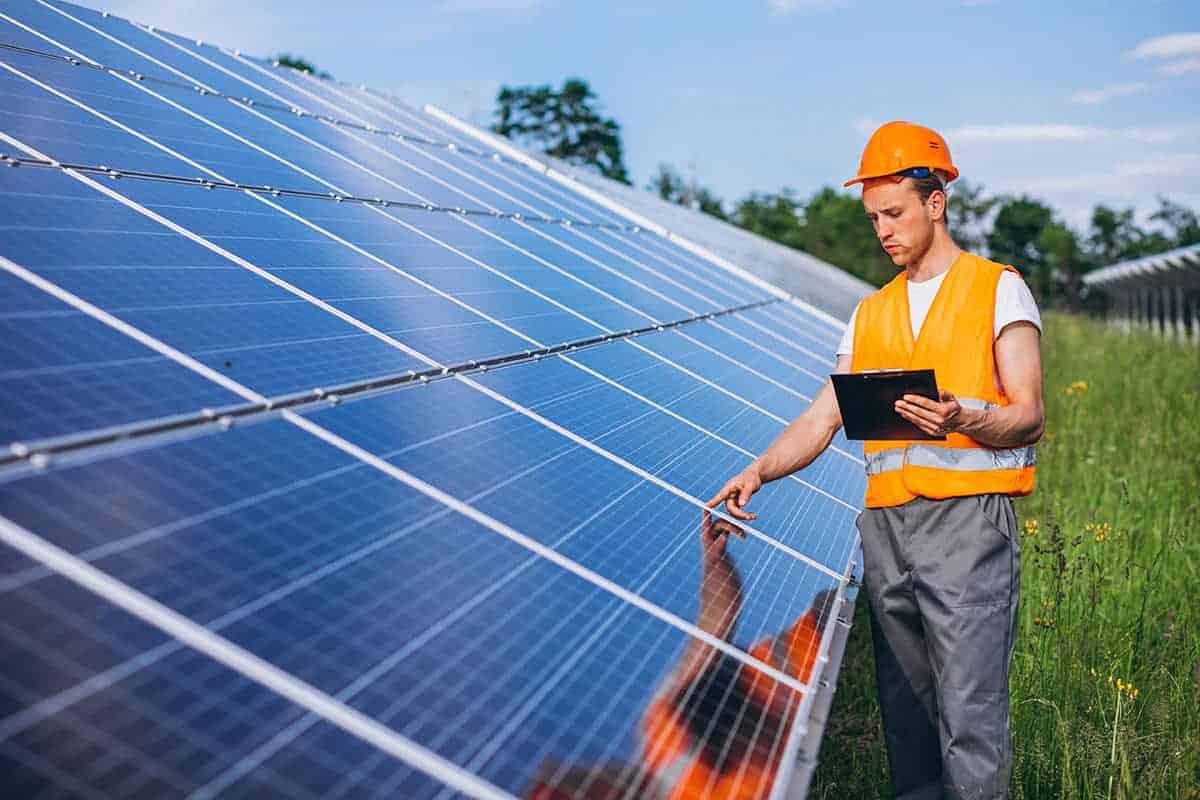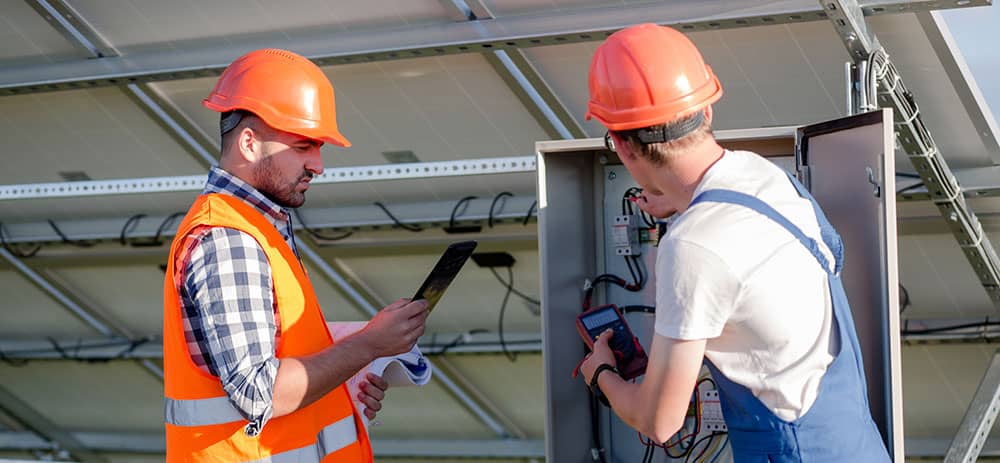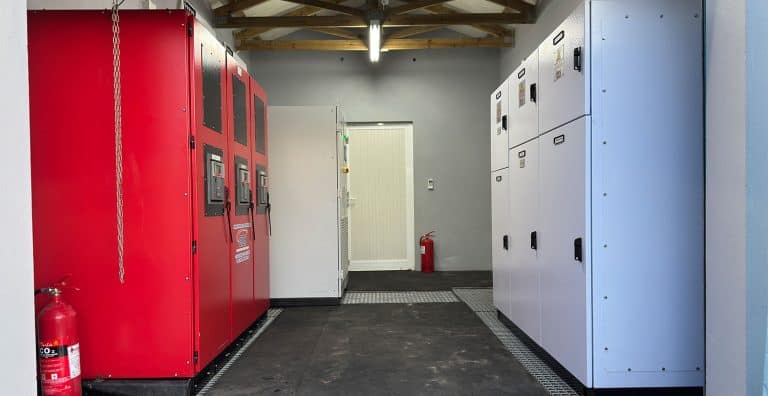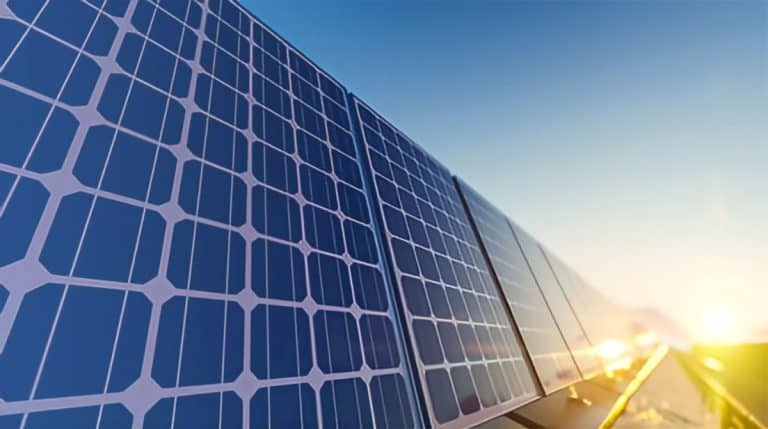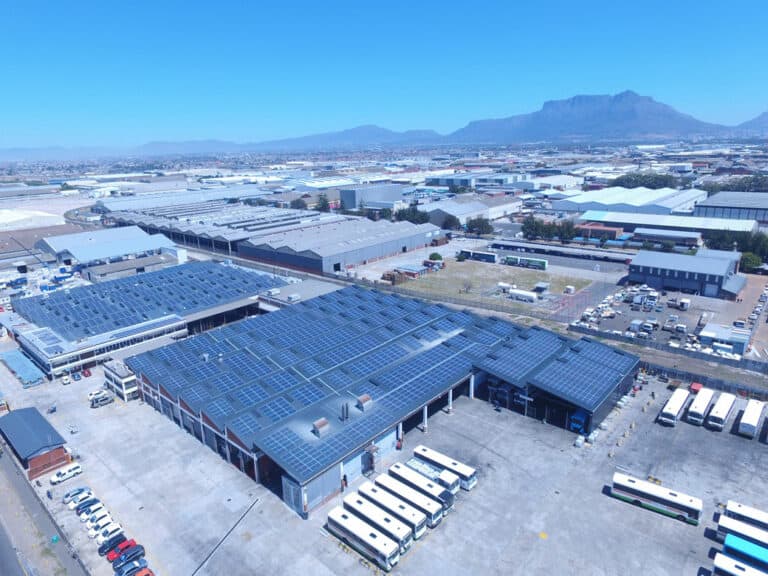Solar Panel Installation can be an easy task provided you have a certified installer as well as quality solar panels being used. Solar panel installation is becoming an increasingly accessible prospect for homeowners. While the cost of solar panels in South Africa is still relatively high, they provide an economically sustainable way to power your home and business. The installation of PV panels is an important process, and it is important to understand what is going on as well as what to consider.
Solar panel installation does not happen overnight.
The correct process needs be followed in order for your panels to be ready to begin powering your home.
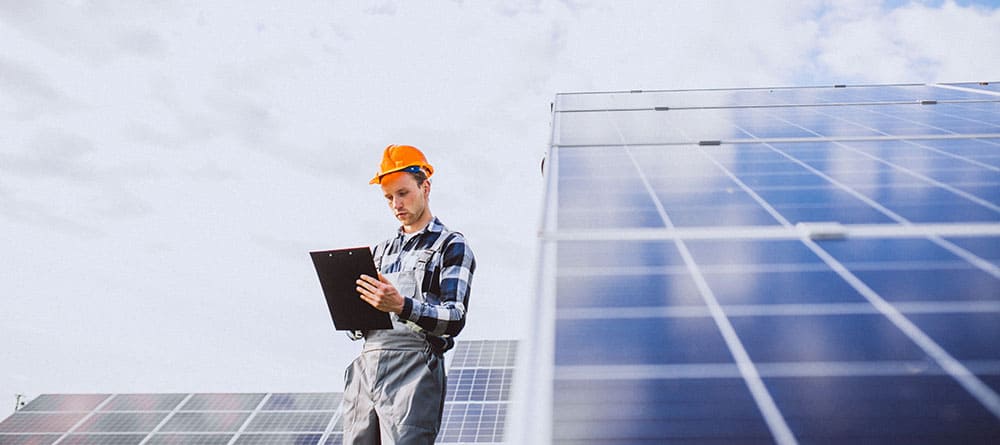
The process to installing solar panels:
1) Site Visit
The first step to obtaining solar panels, is the site visit. Installers will visit your premises and determine the roof or the area where the panels will be installed is in correct working condition and is in a safe space. They will also evaluate your property to consider system size, roof type, angle of roof, and shading. The installer will also look at possible ways for cable laying, the inverter location, and other necessary issues.
2) Roof
The correct way to mount the solar panel system needs to be performed by a structural analysis to verify the load bearing capacity of the roof.
3) Ordering equipment
Once the site inspection and roof have been properly assessed, choosing the panels and inverters and getting your solar panel installation scheduled can now go ahead. You may have already chosen which panels you will want installed before the site inspecting even took place.
If not, here are tips on choosing the right solar panels for you:
- Choose monocrystalline solar panels for efficiency.
- Go with polycrystalline solar panels for an environmentally-friendly option
- Thin-film solar panels are the most budget-friendly option
- Amorphous solar panels are generally for smaller homes.
4) The installation
The actual installation is very exciting! The installer will start by prepping the roof and making sure the shingles or tiles are properly attached. Then, they put in electrical wiring that connects to the electrical panel and general power system.
5) Approval and interconnection
Once all the wiring is complete, your solar panels are almost ready to be used and officially start generating power from your rooftop. Approval will first need to be conducted to ensure that the panels have been connected correctly.
Renewable Energy is rapidly changing the way we live our day to day lives and more and more people are making the move to a more sustainable lifestyle. With sunshine almost every day in most parts of South Africa, it makes sense that solar energy is a main source of alternative energy for businesses and homes alike. There are many advantages to alternative energy.


